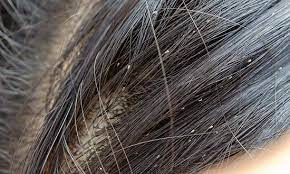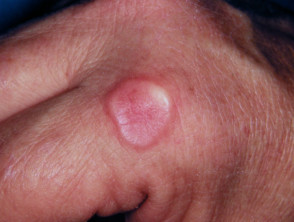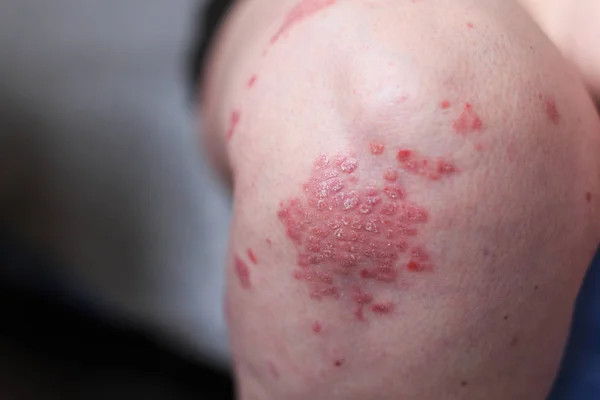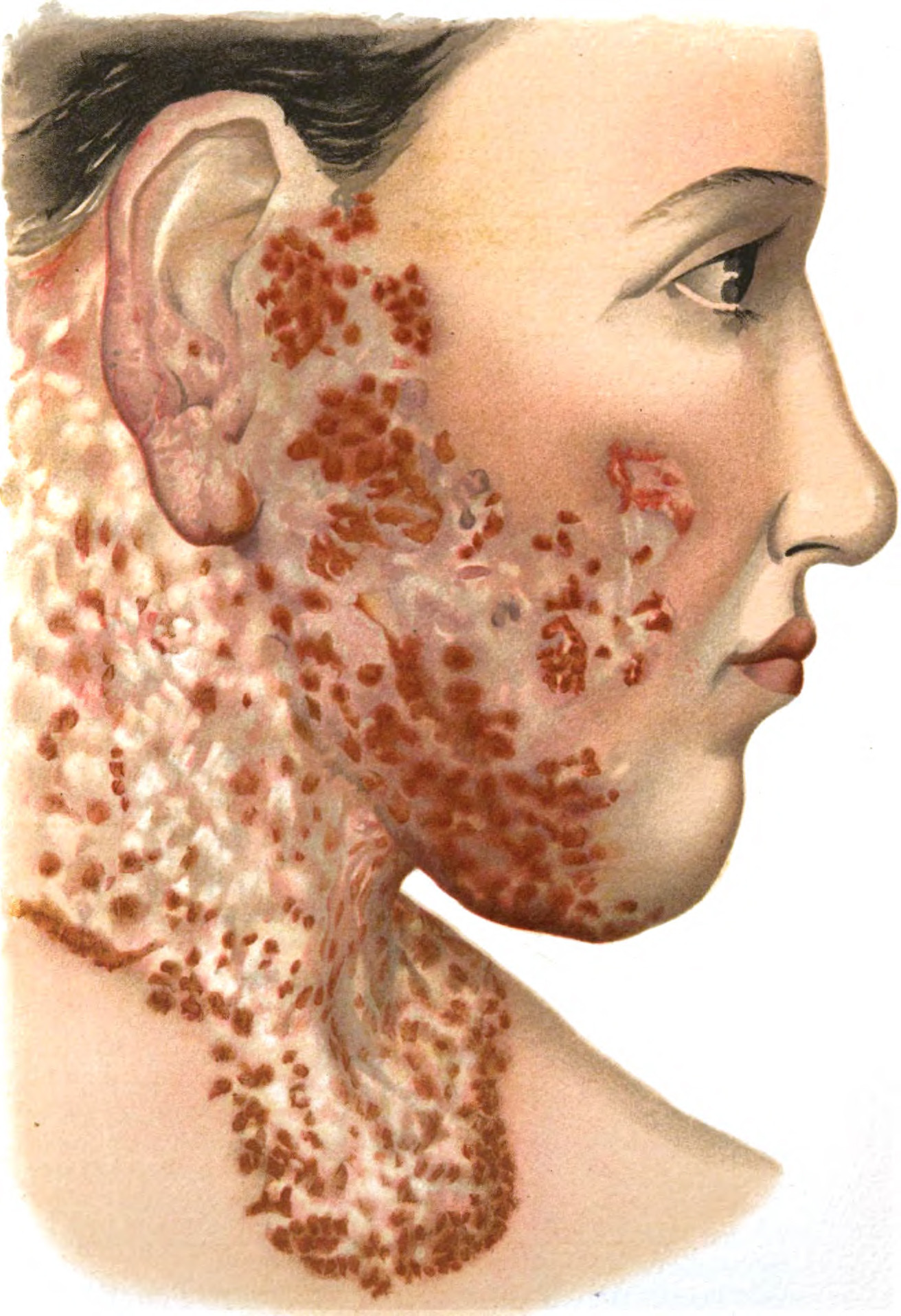Definisi
Pedikulosis kapitis, atau yang dikenal masyarakat awam sebagai kutu rambut, merupakan suatu infestasi (serangan hama atau parasit pada tubuh yang dapat menimbulkan penyakit) kutu pada rambut. Kutu rambut merupakan serangga kecil, tidak bersayap, dan termasuk penghisap darah melalui kulit kepala Anda. Seekor kutu dewasa berukuran kira-kira sebesar biji wijen, sedangkan telurnya (nit) seukuran serpihan kecil ketombe.
Istilah “pedikulosis” memiliki arti yaitu, suatu infestasi kutu sedangkan “kapitis” memiliki arti “kepala.” Pedikulosis kapitis disebabkan oleh infestasi kutu Pediculus humanus capitis yang dapat ditemukan di kepala, alis, dan bulu mata manusia. Pedikulosis juga dapat terjadi pada bagian tubuh lainnya, seperti pada rambut kemaluan (yang disebabkan Pthirus pubis) dan pada tubuh (yang disebabkan oleh Pediculus humanus corporis).
Pedikulosis kapitis termasuk penyakit yang sangat umum terjadi, dan sudah ada sejak zaman kuno. Angka kejadian pedikulosis kapitis diperkirakan berkisar antara 6 hingga 12 juta kasus per tahun. Pedikulosis kapitis termasuk penyakit yang sangat mudah menular, terutama di antara anak-anak usia prasekolah dan sekolah dasar, serta dapat menyebar ke seluruh anggota rumah tangga.
Penyebab
Pedikulosis kapitis disebabkan oleh infestasi kutu Pediculus humanus capitis. Kutu tersebut berwarna cokelat atau keabu-abuan seukuran biji wijen dan dapat memakan darah manusia dari kulit kepala. Kutu betina bisa menghasilkan suatu zat lengket yang dapat menempelkan setiap telur ke pangkal batang rambut kurang dari 1/4 inci (5 milimeter) dari kulit kepala secara kuat.
Siklus Hidup Kutu Rambut
Terdapat tiga tahap dalam siklus hidup kutu rambut, yaitu:
1. Telur (nit)
Telur menempel kuat pada batang rambut dan berbentuk oval dan sangat kecil dan sulit dilihat dengan mata telanjang. Telur kutu sering disalahartikan dengan ketombe, keropeng, atau tetesan semprotan rambut. Telur kutu rambut biasanya membutuhkan waktu sekitar 8-9 hari untuk menetas. Telur yang kemungkinan akan menetas biasanya terletak tidak lebih dari 0,5 cm dari pangkal batang rambut.
2. Nimfa
Nimfa merupakan kutu yang belum dewasa yang menetas dari telurnya. Nimfa terlihat seperti kutu rambut dewasa, tetapi berukuran lebih kecil. Untuk bertahan hidup, nimfa harus memakan darah. Nimfa akan tumbuh menjadi dewasa sekitar 9-12 hari setelah menetas dari telur.
3. Kutu dewasa
Kutu ini memiliki ukuran sebesar biji wijen, memiliki enam kaki, dan berwarna putih keabu-abuan. Kutu dewasa mungkin terlihat lebih gelap pada orang dengan rambut gelap daripada pada orang yang berambut terang. Untuk bertahan hidup, kutu rambut dewasa harus memakan darah. Kutu rambut dewasa dapat hidup sekitar 30 hari di kepala seseorang tetapi akan mati dalam satu atau dua hari jika terjatuh dari kepala seseorang. Kutu rambut betina dewasa biasanya berukuran lebih besar dari jantan dan dapat bertelur sekitar enam telur setiap hari.
Penyebaran Kutu
Kutu rambut dapat merangkak, tetapi tidak bisa melompat atau terbang. Kutu rambut seringkali menyebar dari satu orang ke orang lain melalui kontak langsung dari kepala ke kepala, khususnya pada sesama anggota keluarga atau di antara anak-anak yang memiliki kontak dekat, seperti di sekolah atau tempat bermain. Pada kasus yang jarang, penyebaran kutu rambut dapat melalui penggunaan barang-barang pribadi secara bersamaan, seperti:
- Topi dan syal
- Sikat dan sisir
- Aksesoris rambut
- Headphone
- Bantal
- Handuk
Kutu rambut juga dapat menyebar ketika pakaian disimpan bersama-sama. Misalnya, topi atau syal yang digantung pada kait yang sama atau disimpan di loker sekolah yang sama dapat menjadi sarana penyebaran kutu. Hewan peliharaan, seperti anjing dan kucing, tidak berperan dalam menyebarkan kutu rambut.
Faktor Risiko
Kutu rambut pada dasarnya dapat terjadi pada siapa saja, tetapi anak-anak berusia 3-11 tahun paling sering terkena. Karena cakar kutu lebih mampu menangkap jenis rambut tertentu daripada yang lain, orang yang memiliki rambut keriting lebih jarang terkena dibandingkan dengan jenis rambut yang lebih halus.
Selain itu, kutu rambut lebih cenderung terjadi pada anak perempuan daripada anak laki-laki, hal ini mungkin dikarenakan perempuan cenderung memiliki rambut yang lebih panjang. Infestasi kutu rambut paling sering terlihat dalam situasi di mana terdapat kontak pribadi yang dekat, seperti di sekolah, rumah, taman bermain, tempat olahraga, dan perkemahan. Kutu hanya memakan darah manusia. Karena itu, hewan peliharaan dan hewan lain tidak menyebarkan kutu rambut.
Gejala
Tanda dan gejala umum kutu rambut mungkin termasuk:
- Gatal
- Tampak telur kutu pada kulit kepala atau batang rambut
- Luka di kulit kepala, leher, dan bahu. Menggaruk dapat menyebabkan benjolan kecil berwarna merah yang terkadang dapat terinfeksi bakteri.
- Rasa menggelitik atau sensasi seperti sesuatu yang bergerak di rambut.
- Pembengkakan kelenjar getah bening
Gejala kutu rambut yang paling umum adalah rasa gatal di kulit kepala, leher, dan telinga. Hal ini merupakan reaksi alergi terhadap gigitan kutu. Ketika seseorang memiliki kutu untuk pertama kalinya, gatal mungkin tidak terjadi selama 4 sampai 6 minggu. Biasanya kutu akan terlihat di kulit kepala, walaupun seringkali sulit dikenali karena mereka kecil, menghindari cahaya, dan bergerak cepat.
Telur kutu juga menempel pada batang rambut dan mungkin sulit dilihat karena sangat kecil. Mereka paling mudah dikenali di sekitar telinga dan garis rambut leher. Telur kutu yang telah kosong mungkin lebih mudah dikenali karena warnanya lebih terang dan terletak lebih jauh dari kulit kepala. Namun, keberadaan telur kutu tidak selalu berarti terdapat kutu yang hidup.
Diagnosis
Dalam mendianosis pedikulosis kapitis, dokter akan mulai dengan melakukan wawancara dengan Anda. Dokter akan menanyakan gejala apa saja yang Anda alami, sejak kapan gejala dirasakan, serta mencari faktor yang mungkin berperan terhadap timbulnya pedikulosis. Selanjutnya, dokter akan melakukan pemeriksaan fisik, terutama dengan mencari kutu pada rambut kepala. Diagnosis pedikulosis dapat ditegakkan jika ditemukan kutu rambut dewasa atau nimfa yang masih hidup pada kepala. Namun, hal ini cukup sulit, karena kutu seringkali menghindari cahaya dan dapat bergerak dengan cepat. Beberapa cara yang dapat dilakukan untuk memudahkan mencari kutu rambut, antara lain:
- Basahi rambut, karena hal ini dapat membuat kutu lebih mudah dilihat dan mencegahnya pergi.
- Dudukkan penderita tersebut di bawah cahaya terang.
- Pisahkan rambut menjadi beberapa bagian. Mulai dari kulit kepala, sisir perlahan ke luar bagian demi bagian rambut.
- Setelah setiap gerakan menyisir, bersihkan sisir dengan tisu kertas basah. Periksa kulit kepala, sisir, dan tisu kertas dengan hati-hati.
Tata Laksana
Sebagian besar tata laksana pedikulosis kapitis perlu diberikan sebanyak dua kali. Pemberian kedua, setelah seminggu hingga 9 hari, akan membunuh semua telur kutu yang baru menetas. Beberapa pilihan tata laksana pedikulosis kapitis, antara lain:
- Obat-obatan yang dijual bebas (OTC)
- Permetrin adalah obat anti kutu sintetis dan telah disetujui untuk digunakan pada orang yang berusia 2 bulan ke atas.
- Obat-obatan yang diresepkan dokter:
- Benzil alkohol lotion yang digunakan untuk mengobati kutu rambut pada orang yang berusia 6 bulan ke atas.
- Malathion yang digunakan untuk mengobati kutu pada orang yang berusia 6 tahun atau lebih. Obat ini tidak dianjurkan untuk wanita yang sedang hamil atau menyusui.
- Lindane biasanya hanya digunakan sebagai pilihan terakhir. Obat ini dapat menyebabkan efek samping yang serius, termasuk kejang dan kematian. Lindane tidak boleh digunakan oleh bayi prematur (kurang bulan) atau oleh orang yang memiliki riwayat kejang.
Komplikasi
Penderita kutu rambut biasanya menderita rasa gatal yang sangat hebat. Jika Anda menggaruk kulit kepala yang gatal karena adanya kutu, terdapat kemungkinan kulit kepala akan pecah dan mengalami infeksi.
Pencegahan
Cukup sulit untuk mencegah penyebaran kutu rambut, khususnya di antara anak-anak pada fasilitas penitipan anak dan sekolah karena terdapat begitu banyak kontak dekat. Kemungkinan penyebaran tidak langsung dari penggunaan barang-barang pribadi secara bersamaan cukup jarang terjadi. Namun, untuk membantu mencegah penyebaran kutu rambut, Anda dapat memberi tahu anak Anda untuk:
- Gantung pakaian di pengait terpisah dari pakaian anak lain
- Hindari penggunaan sisir, sikat, topi, dan syal secara bersamaan dengan orang lain
- Hindari berbaring di tempat tidur, sofa, atau bantal yang telah bersentuhan dengan orang yang memiliki kutu rambut
Kapan Harus ke Dokter?
Konsultasikan diri Anda atau anak Anda dengan dokter jika mengalami gejala-gejala yang mengarah ke pedikulosis kapitis. Dokter akan memastikan penyebabnya karena terkadang kutu rambut dapat tampak seperti ketombe dan bebeberapa kondisi lainnya.
Mau tahu informasi seputar penyakit lainnya? Cek di sini, ya!
- dr Hanifa Rahma
CDC. Head Lice- Frequently Asked Question. (2020). Retrieved 28 Mei 2022, from https://www.cdc.gov/parasites/lice/head/gen_info/faqs.html
Cobb, C. Head Lice Infestation. (2019). Retrieved 28 Mei 2022, from https://www.healthline.com/health/head-lice
Head Lice. (2022). Retrieved 28 Mei 2022, from https://www.mayoclinic.org/diseases-conditions/head-lice/symptoms-causes/syc-20356180
Head Lice (Pediculosis Capitis). Retrieved 28 Mei 2022, from https://www.skinsight.com/skin-conditions/child/pediculosis-capitis-head-lice
Hooker, E. How to Get Rid of Head Lice. (2021). Retrieved 28 Mei 2022, from https://www.medicinenet.com/head_lice/article.htm
Nichols, H. What Can I Do About Head Lice?. (2018). Retrieved 28 Mei 2022, from https://www.medicalnewstoday.com/articles/164492
Pathak, N. Treating and Preventing a Head Lice Infestation. (2021). Retrieved 28 Mei 2022, from https://www.webmd.com/children/ss/slideshow-lice-overview












